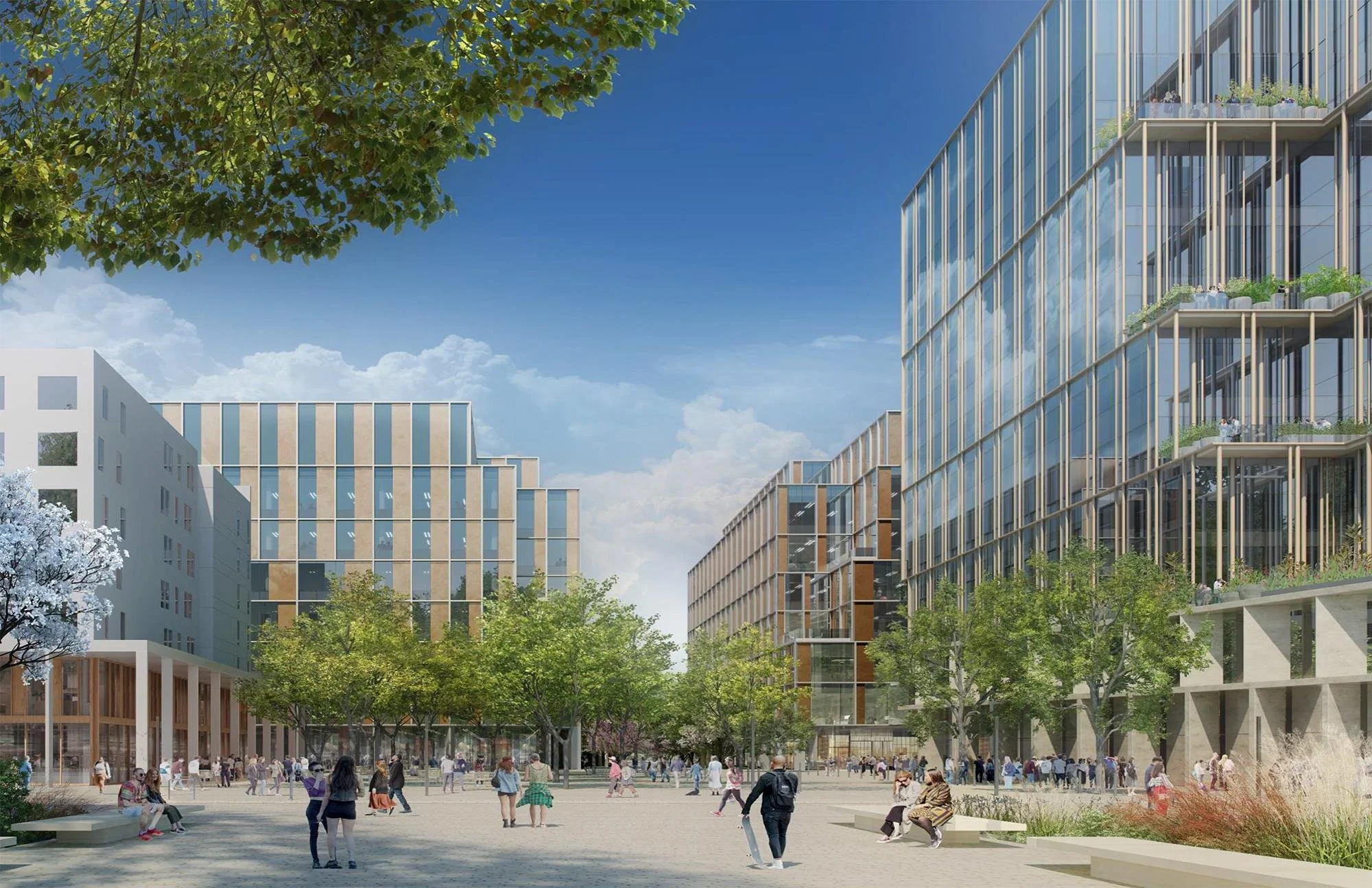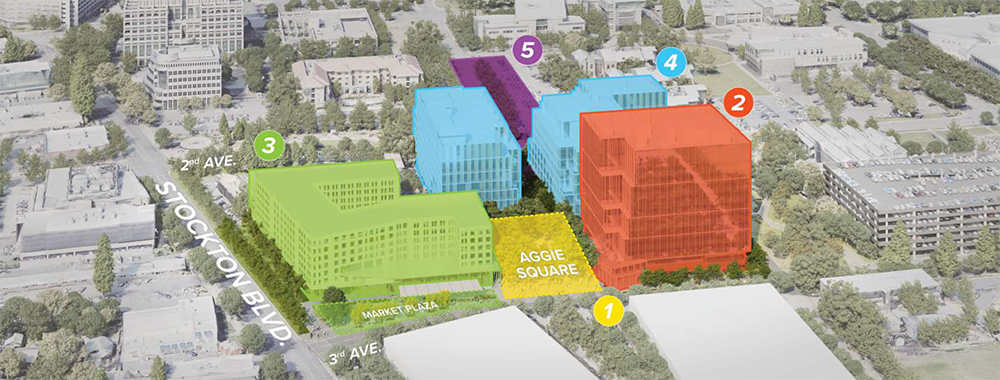City Council approves $5 million anti-displacement fund to help Stockton Boulevard-area residents stay in their homes
Sacramento (Dec. 14, 2021) The Sacramento City Council Tuesday allocated $5 million from its Housing Trust Fund to help prevent displacement of residents in the zip codes around the planned UC Davis Aggie Square innovation district. The fund was a key component of the Community Benefits Partnership Agreement agreed to by the City, UC Davis and Wexford Development LLC as part of the plan to build the $1.1-billion Aggie Square project.
Aggie Square is expected to create thousands of high-paying jobs on now-vacant land next to the UC Davis Health campus on Stockton Boulevard.
Separate agreements with the community group Sacramento Investment Without Displacement (SWID) and the American Federation of State, County and Municipal Employees stipulate that the City will contribute $5 million to help community members avoid displacement and that UC Davis will contribute another $5 million to the fund that will be earmarked for income-qualified UC Davis employees.
The Aggie Square anti-displacement program will focus on areas adjacent to Aggie Square in the 95817, 95820, 95824 and 95828 zip codes. City staff will work with community organizations and conduct surveys of residents to identify the most critical needs and best use of the funds. Examples of the types of help that could be offered include financial assistance with home repairs, emergency rent assistance and down payments.
In addition to the anti-displacement fund, the City and Wexford have pledged another $40 million to build more affordable housing on the Stockton Boulevard corridor. Twenty to 25 percent of the 3,500—4,000 permanent jobs created in the development must go to residents of Oak Park, Thoe Park, Med Center and other south Sacramento neighborhoods. Most service workers will be UC employees, and contract service workers will be paid comparable wages and benefits. The parties are also investing $1 million in a one-stop employment training center.
Mayor Darrell Steinberg, who played a lead role in negotiating the community benefits, called Aggie Square “exhibit A in how to grow a modern economy and do it in an inclusive way.”
“People around the country are going to be looking at this model,” he said.
Vice Mayor Jay Schenirer and Eric Guerra, who represent the area around Aggie Square, spent countless hours doing community outreach on the Aggie Square project and working with the university and Wexford, the developer. “This is only the beginning of our efforts to make sure we’re providing housing, supporting our workers and making sure Aggie Square achieves the goals we all agreed to,” Councilmember Guerra said.
“Thank you, Mayor, for your leadership,” said Vice Mayor Schenirer. “Eric and I enjoyed working on this together because of what it can do for the neighborhoods.”





